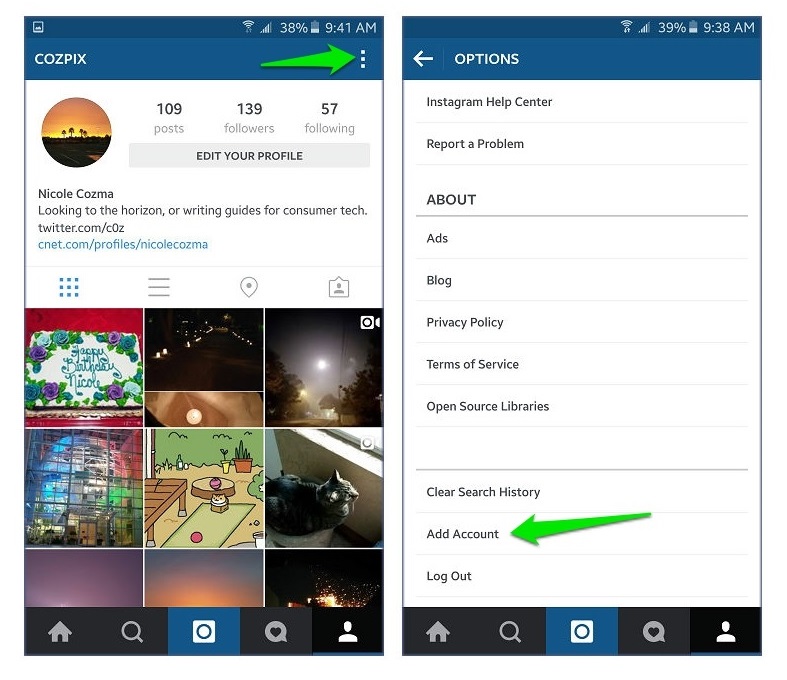Everything You Need to Know About Brand Elements
Brand element design and maintenance are essential pieces of brand management. According to Strategic Brand Management by Kevin Lane Keller, brand elements, also known as brand identities, are devices that allow a brand to be identifiable and differentiable. These devices are things like logos, brand names, slogans, jingles, packaging, and so on. Think of some famous brands: Apple, Disney, Tesla, State Farm. What do all of these brands have in common? A strong brand image. Their elements are easy to identify and differentiate within their industry.
Selecting Brand Elements
When choosing brand elements, you want to make sure they are memorable, meaningful, and likable in order to build brand equity. You also want to ensure that they are transferable, adaptable, and protectable in order to maintain the brand equity you have built. But what do all of these terms mean when it comes to creating and maintaining brand elements?
The 6 criteria for brand elements explained:
- Memorability
Brand elements need to seize consumers’ attention in order to become memorable. This will allow consumers to recognize the brand amongst competitors and recall it when they are in need of what the brand provides.
- Meaningfulness
In order to be meaningful, the brand elements must provide both general and specific information about the brand. What is the product category it resides in? What are the unique benefits and qualities of the brand? If the brand elements do not do a good job of shaping and explaining what the brand provides and stands for, consumers will not feel that the brand is meaningful to them.
- Likability
If the brand elements are appreciated by consumers, then they will be much more inclined to buy. Think of the M&M characters. Not only were they memorable and meaningful to the brand, but they were also loved by consumers, young and old. The M&M brand uses characters as a brand element to build likability and they have succeeded time and time again.
- Transferability
Brand elements must be easy to transfer across line or category extensions. For instance, if Apple had the name “Apple Computers”, it may have been a bit more difficult for the company to market new products like headphones or digital media players. However, the name, Apple, allows for transferability. The brand name is also easy to transfer across geographic regions and market segments.
- Adaptability
Think of the Pepsi logo now versus in the 1980s. It still has retained a similarity, but the current one is much more modern. Adaptable brand elements are easier to modernize in order to suit the changing landscape of what consumers see as valuable. An example of this can be found with the Washington Redskins. Many consumers now view the name and logo for the team to be outdated and unsettling, making those brand elements inflexible and in need of change.
- Protectability
Lastly, brand elements must be protected. Ensuring international legal protection will lead to less fakes and frauds. Protecting brand elements can keep the consumers’ perception of the brand from suffering. It’s difficult to argue that fake Gucci hand bags help the exclusivity of the Gucci brand.
Brand Names
There are a few general guidelines to follow when naming a brand. First, simplicity is key. No one appreciates an argument over how to pronounce something. Queue the hund-day versus hun-die argument. (The car brand, Hundai, is in fact pronounced hun-day, in case you were wondering). Think about names like Burger King, Target, Pampers. These names are fairly easy to pronounce.
It also helps when brand names are descriptive, such as Bath & Body Works and Toys R Us. This makes it easy for consumers to understand what the brand is about. Similar to descriptive, we have suggestive. These are names like Nutri-Grain, Lean Cuisine, Quick Trip, and so on. Even if the brand is unfamiliar, descriptive and suggestive names help the consumer decipher the benefits with ease. However, these names can be limiting. For instance, Southwest Airlines may not come to mind for someone in Chicago, even though the airline flies in and out of Midway Airport all of the time.
Slogans
Slogans, or catch phrases, are great for providing a memorable message for consumers about the brand. Think of some of the classics: There’s Nike’s “Just do it!”, Walgreens’ “On the corner of happy and healthy!”, and the unforgettable “Where’s the beef?” from Wendy’s. Slogans quickly communicate information in a sticky way that helps consumers with recall and recognition.
Just like all brand elements, slogans should follow the 6 criteria. Coors, for instance, utilized the slogan, “Turn it loose”, which translated to something along the lines of “suffers from diarrhea” for those in Spain. Ensure that slogans are easily transferable across languages and cultures by doing your research before “turning it loose” out to the market. Hubspot has a great blog post on slogan guidelines followed by a fun list of the most famous ones.
Packaging and Design
As humans, we are inherently shallow when it comes to physical appearances. Oftentimes, we do judge a book by its cover. Packaging is no exception. According to Forbes, branded packaging must do these 5 things in order to be successful:
- Stand out
And they don’t mean be the loudest. Instead, be the cleverest. Visually draw the consumer in.
- Be simple
According to Forbes, “We so rarely experience moments of visual or auditory calm that we gravitate toward [simple design]”.
- Pass the five-year old test
Passing the test means that you can describe the brand packaging to a five-year-old and they’ll actually be able to find it in the store. It helps when the brand’s packaging has something distinct about it. We don’t like having to decide amongst a lot of options, so a distinctive brand mark can make our lives a whole lot easier.
- Trigger emotional engagement
Be empathetic toward consumers and convey that empathy in packaging. Your customers will thank you.
- Create iconic assets
Assets refer to typography, color, style, orientation, and so on. Think of it this way: If someone held up only the “D” in the Disney logo, there’s a good chance you would know it was Disney right away.
Brand Elements for Small Businesses
With so much to consider, it’s no wonder why brands have long, tedious processes in place when it comes to brand element design and maintenance. This article discusses a lot of larger brands, however businesses of all sizes need to become experts in this area too. A great marketing agency, such as Infinite Reach, can help small or local businesses achieve this expert status by creating a seamless brand image across all marketing channels. Internet marketing is especially key- and there are a few things you can start doing right away to integrate your brand elements online.


















